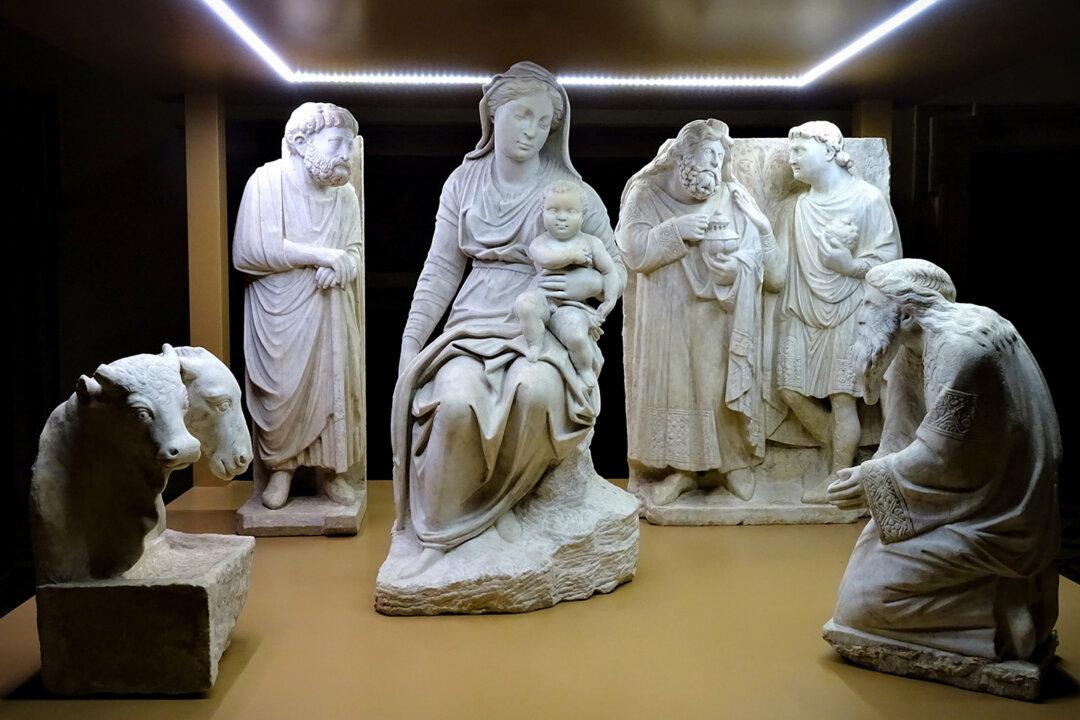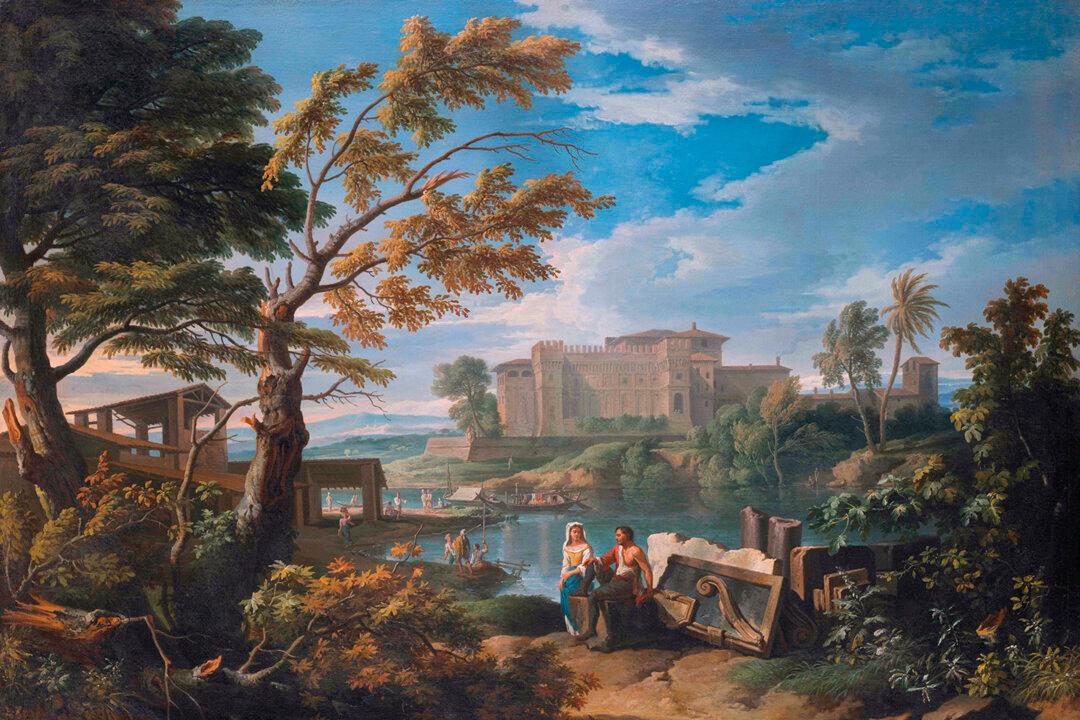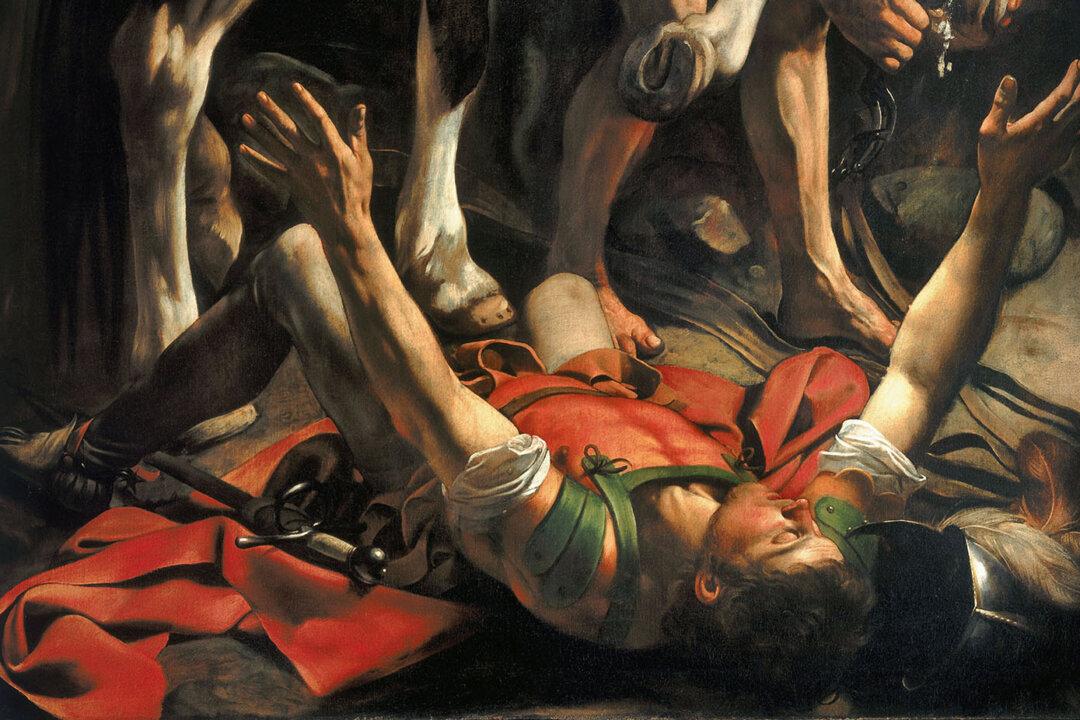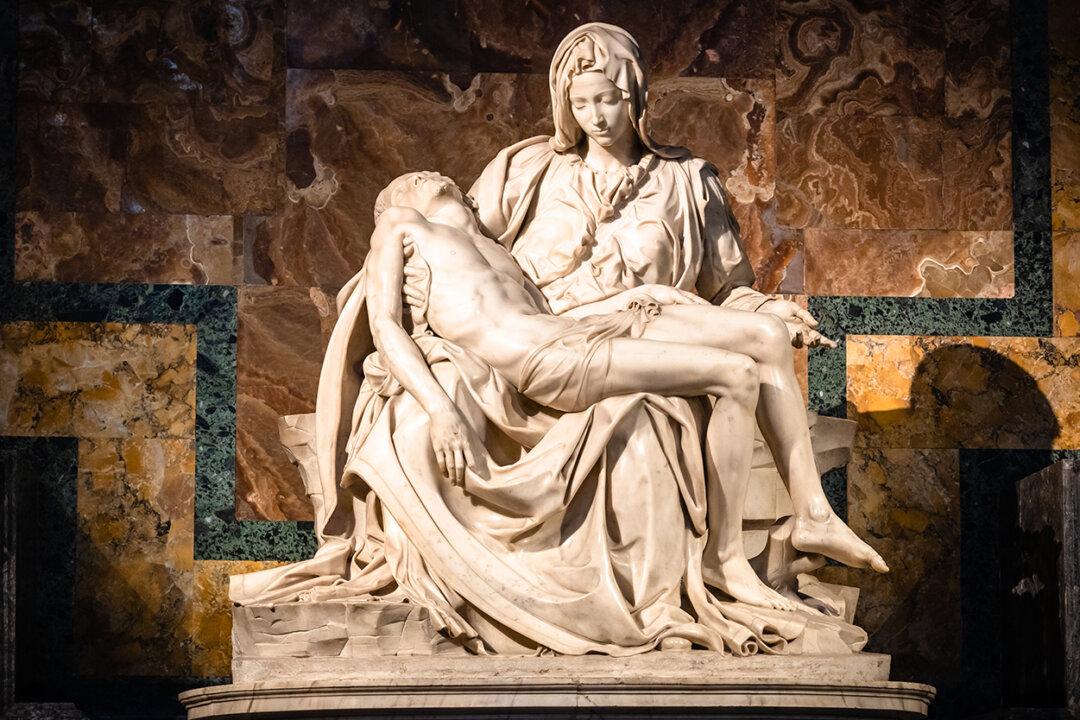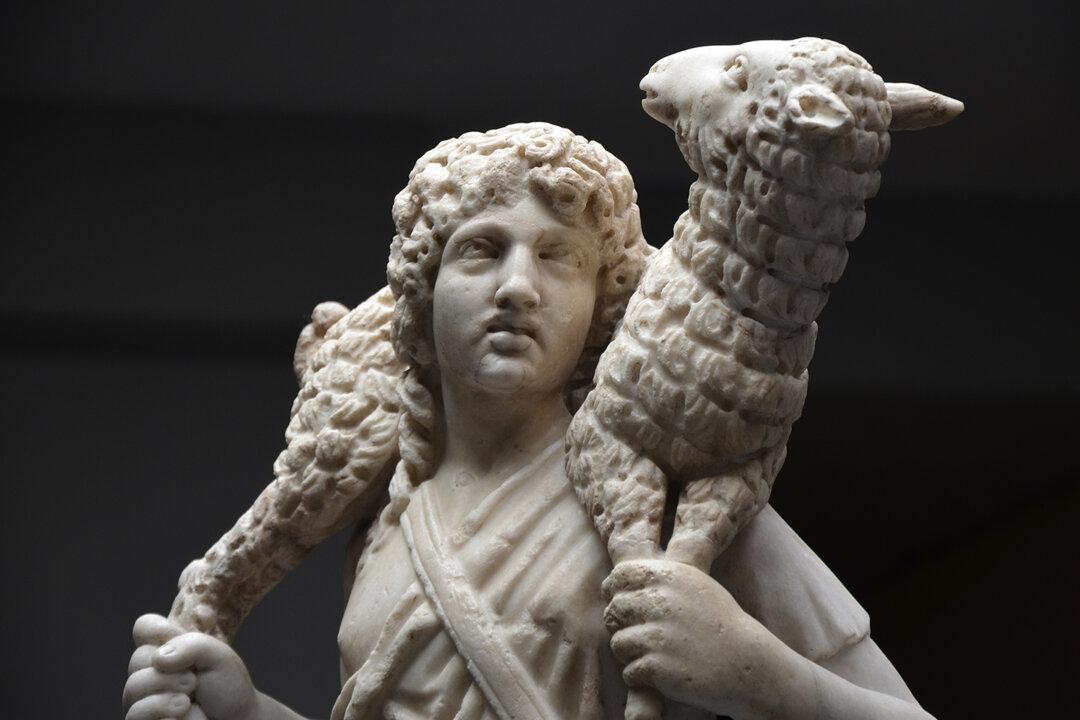Nativity scenes reign supreme as the most charming image of Christmas. An assortment of figures from splendid kings to simple shepherds with a few animals—exotic or domestic—gather around a newborn child: What’s not to love? In Italy, families vie for the most elaborate arrangements, replete with running water and working lights. The unveiling of the Nativity scene in St Peter’s Square garners almost as much excitement as the World Cup.
This 800-year-old tradition probably owes its genesis to St Francis of Assisi, copatron saint of Italy, who, during a Christmas Mass in the village of Greccio, preached so compellingly that the entire congregation allegedly shared a vision of the Christ Child present in the manger. From there, live re-enactments grew in popularity, soon to be surpassed by staged figures carved in marble or modeled in terra cotta. The first such carved crèche was produced in 1290 by Arnolfo di Cambio for St. Mary Major, Rome’s “Christmas church,” commissioned by Pope Nicholas IV, the first Franciscan pope.

